
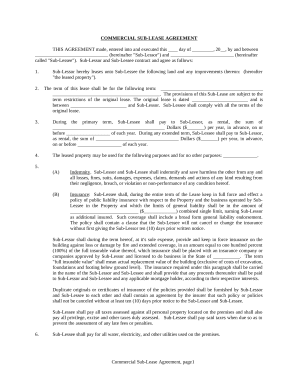
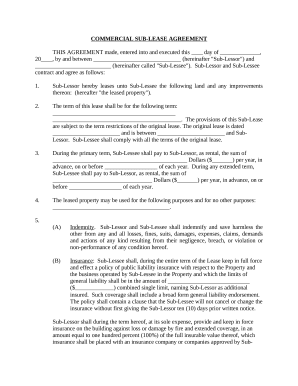


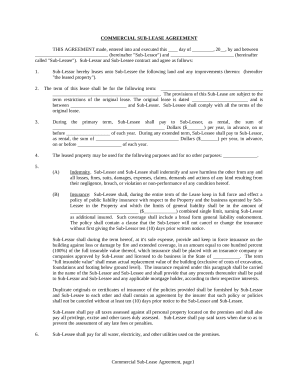

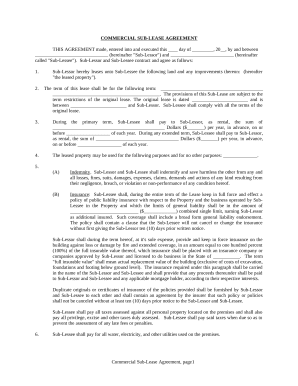
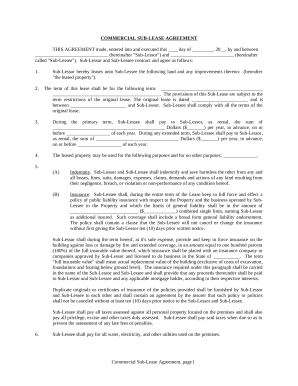
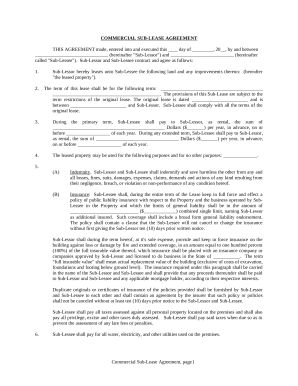
Document management can overwhelm you when you can’t find all the documents you need. Luckily, with DocHub's substantial form library, you can discover everything you need and quickly take care of it without the need of changing among software. Get our Commercial Property Sublease and start working with them.
Using our Commercial Property Sublease using these basic steps:
Try out DocHub and browse our Commercial Property Sublease category easily. Get your free profile right now!